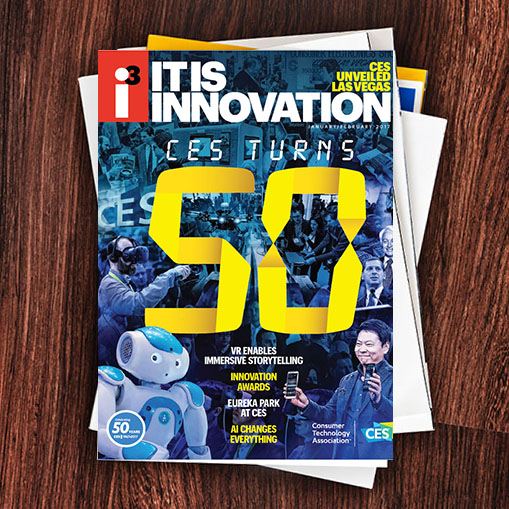But planar NAND flash technology, using a single layer of memory cells, cannot be scaled down much farther on the die’s surface — cell-to-cell interference causes a reduction in the reliability of planar NAND flash products. 3D NAND flash offers the potential for higher capacity in a smaller physical space. The idea to stack the NAND cells with precision could have a dramatic impact by keeping flash storage solutions aligned with Moore’s Law.
3D flash could impact everything from smartphones to flash-optimized supercomputers. And while consumers love capacity, price determines adoption. By stacking storage cells to increase capacity through higher density, you get a lower cost per gigabyte. You also get improved electrical use, reducing power consumption, and higher data writing performance with the reliability, speed and performance expected of solid-state memory.
By stacking cells vertically, the cell dimensions of 3D NAND cells can be larger – increasing both performance and endurance – making the designs suited for applications as demanding as a data center storage. As a result, SSDs are making gains in market share at the expense of hard disk drives (HDD). With 3D NAND technology the two key advantages that HDDs have over SSDs – price per gigabyte and storage capacity – are narrowing significantly.
SanDisk and its partner Toshiba, Samsung, and Intel and its partner Micron have created up to 48-layer 3D NAND, storing 32GB in a single chip, paving the way for 3D NAND to erase the storage capacity advantage of HDDs.
Intel and Micron’s 3D NAND technology stacks flash cells vertically in 32 layers to achieve 256GB multilevel cell and 384GB triple-level cell die that fit within a standard package. These capacities can enable gum stick-sized SSDs with more than 3.5TB of storage and standard 2.5-inch SSDs with greater than 10TB.
The largest hard drives top out at 10TB now, with HDD makers Seagate and Western Digital indicating 20TB by 2020. By comparison, the largest SSD based on 3D NAND is Samsung’s 15.36TB product with Intel, Micron, Samsung and Toshiba expecting 48TB and even 96TB drives this year, using a 2.5-inch form factor which occupies 40 percent less volume and is 10 percent lighter than the 3.5-inch form factor for HDDs.
Micron says in 2017, 3D NAND will achieve cost parity with planar NAND and will significantly reduce cost per bit.

i3, the flagship magazine from the Consumer Technology Association (CTA)®, focuses on innovation in technology, policy and business as well as the entrepreneurs, industry leaders and startups that grow the consumer technology industry. Subscriptions to i3 are available free to qualified participants in the consumer electronics industry.